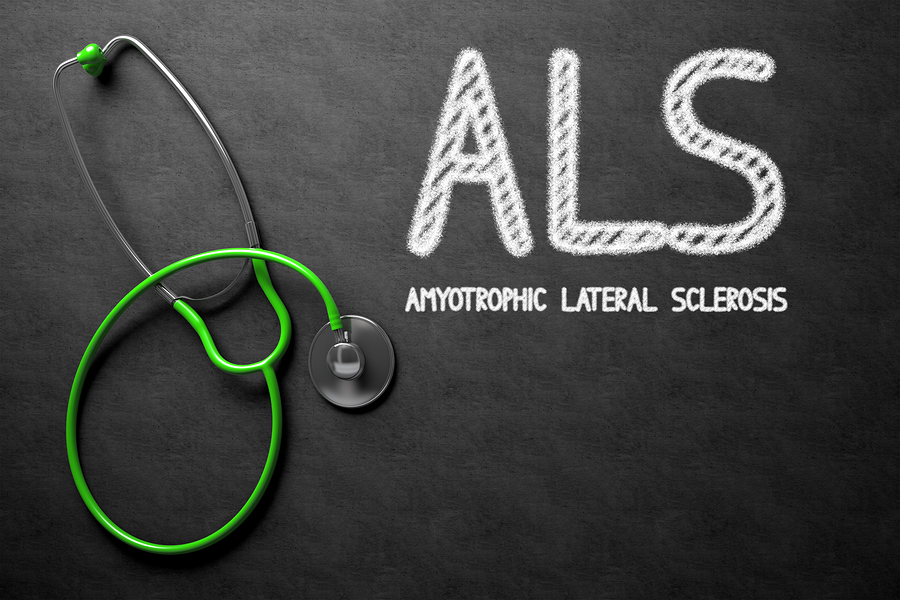ALS and Stephen Hawking: Timeline, Quick Facts, and More
Category:

If you’ve been watching the news, then you might have heard that Stephen Hawking recently passed away. While he is known for his scientific discoveries and theories, he is also known for living with amyotrophic lateral sclerosis, also known as ALS. As a celebration of his life and achievements, here are some cool facts about Stephen Hawking that you might not be aware of.
Stephen Hawking Timeline
Stephen Hawking was born in 1942 in Oxford, England. He had an early passion for mathematics, even though his father wanted him to study medicine. He ended up going to the University College, Oxford, and specialized in physics from 1959 to 1962.
It was while he was researching cosmology at the University of Cambridge in 1963 that he started feeling symptoms of ALS. He was diagnosed with the disease when he was 21. Even so, he was able to complete his doctorate in 1966 and received a fellowship at Gonville and Caius College in Cambridge.
It was in 1970 that he discovered that black holes can emit radiation. From there, he joined the staff at Cambridge in the theoretical physics and applied mathematics department. His work there led to his discovery that black holes can actually leak energy into space. This was a breakthrough discovery.
By 1979, Hawking was appointed Lucasian professor of mathematics at Cambridge, and it was in 1988 that he published his famous book A Brief History of Time: From the Big Bang to Black Holes.
He continued to research and publish until 2004, when he declared that he solved the black hole paradox that had been an issue with scientists for years.
From 2004 to 2018, Hawking’s physical health continued to decline, but he pushed on and continued to be an active member of the scientific community until his death on March 14th, 2018.
Stephen Hawking’s Disease Timeline
When he was diagnosed with ALS in 1963, it was assumed that he would only live a few years. In the beginning, he was falling without understanding why and becoming clumsier. By the end of the 1960s, he was in a wheelchair, and his speech deteriorated in the 1970s. In 1985, he had a tracheotomy due to breathing issues, and because of this procedure, he lost the ability to speak.
At that point, he began using his computer system, which he operated with his cheek, to communicate. He also needed around-the-clock care from that time to his death. In the end, he died of natural causes with his family at his side.
Stephen Hawking Quick Facts
These are 10 facts about Steven Hawking that you might not know:
- He never won a Nobel Prize
- He got bad grades as a young child
- He didn’t like studying biology
- He was on the rowing team at Oxford
- He met the woman he would marry just days before being diagnosed with ALS
- In 1983, he came up with the theory that the universe is boundless
- He originally thought that information was lost in black holes
- He was awarded the Presidential Medal of Freedom in 2009
- He wrote a children’s book with his daughter titled George’s Secret Key to the Universe
- He believed that there is other life in the universe
In the end, Stephen Hawking not only outlived his prognosis, but his life also helped define the way we see the universe and those who live with ALS.
Subscribe
Date: 2018-05-08
Category:


